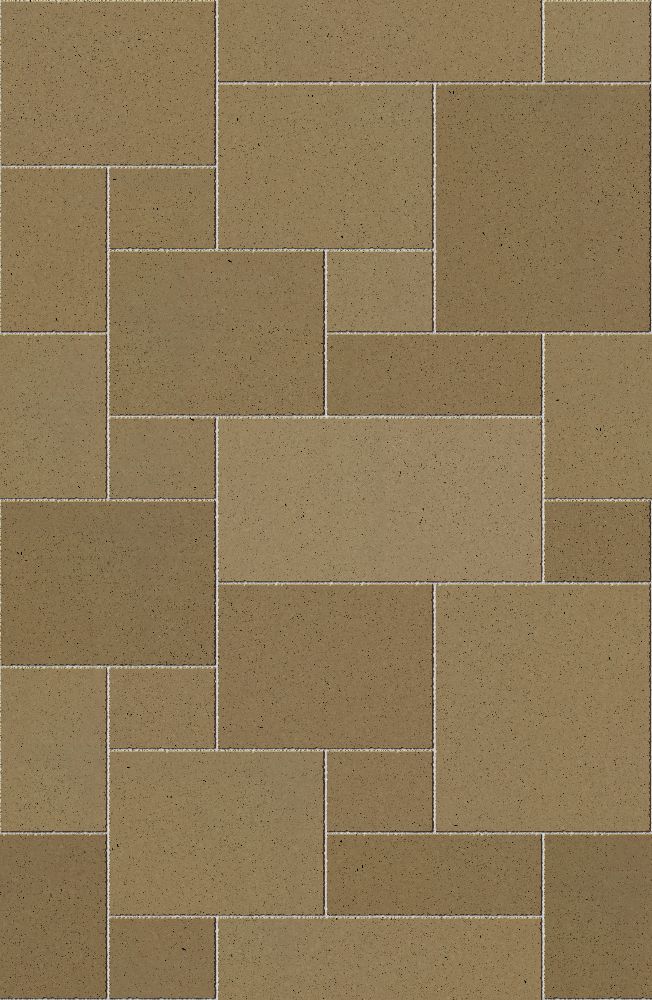Yellow Travertine Stone French Pattern
Category
Stone
Download
Edit
Travertine is a soft, porous, calcitic sedimentary rock, which, unlike other limestones, usually forms in caves or around thermal springs, when geothermally heated alkaline water with high mineral contents penetrate the surface and evaporate, leaving behind columns or stacks of calcium carbonate in the form of stalagmites or stalactites, often displaying a banded appearance due to the way it rapidly forms over other rock at varying intervals. Naturally white due to its calcite and carbonate composition, it can display other colourings due to the mineral content and staining during its formation. Used extensively by ancient empires from Egypt to Rome, both countries have remained the chief exporters of dimensioned blocks, slabs, bricks, sheets and veneers of travertine which is usually fairly cool and smooth to touch, with high quality variants able to accept a polish.
This brushed finish, milky, yellow-blonde travertine stone can be used internally and, if treated with a protective coating or polish, externally for flooring, patios, wall cladding, window and door surrounds, stairs, fireplace and bathroom surrounds, splashbacks and kitchen worktops, being slip resistant and a premium, highly decorative finishing material. The gold-yellow base with white and grey speckles create a consistency, while chips and blemishes are frequent in this texture, evident of a material which is less suited to high traffic areas. Without proper treatment, travertine is susceptible to staining and corrosion from acidic substances and is a porous stone, therefore it must be properly sealed and coated when specified in wet areas or as kitchen worktops or splashbacks. The naturally smooth texture and stable, limited variation in tone and pattern are unique for travertine, while the brushed finish offers a fairly matte, limited reflective quality but can be worked to a higher level of sheen with a honed or polished finish.
A seamless stone texture with yellow travertine stone arranged in a french pattern. Seamless textures can be tiled repeatedly across a surface without visible seams making them useful for architectural drawings and 3D models. This image can be used as a SketchUp texture, Revit material or imported into Photoshop for use in 2D illustrations. A high resolution version of this texture is available, as well as CAD hatches and PBR maps with Architextures Pro.

